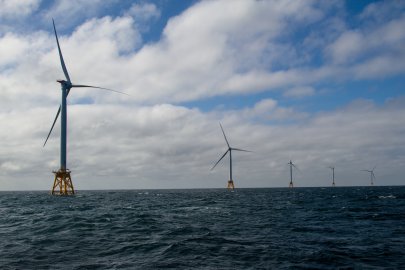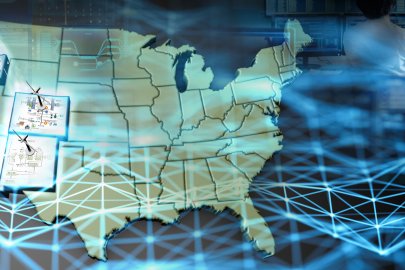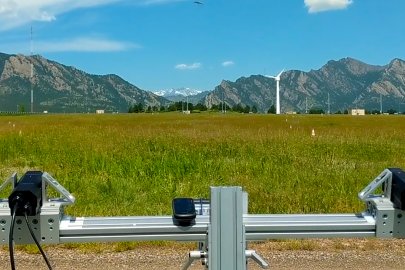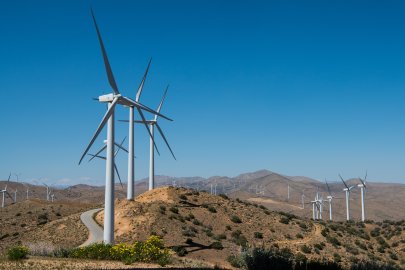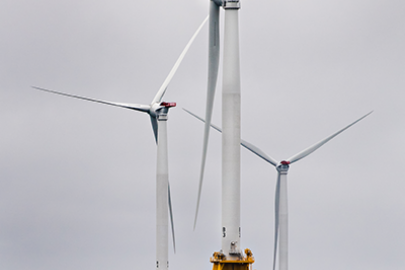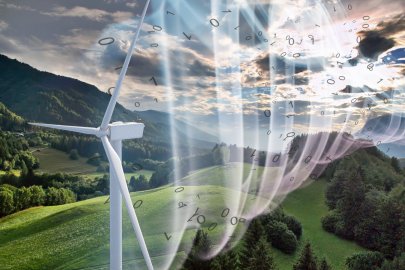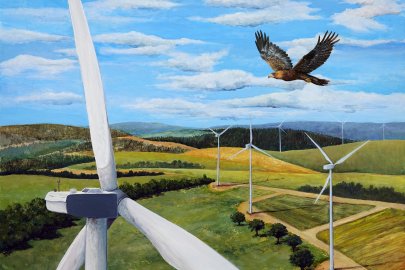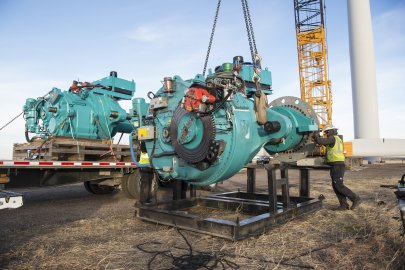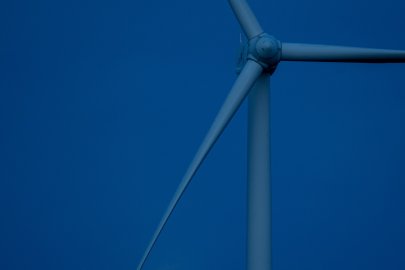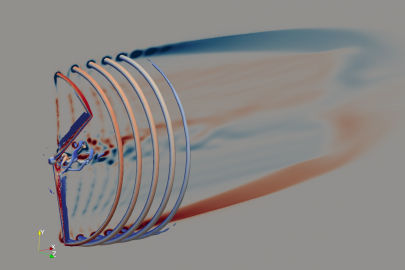New training covers basics and explains how and where systems could be installed.
Wind Energy Technologies Office
October 13, 2020New training covers basics and explains how and where systems could be installed
For nearly a decade, researchers at the Pacific Northwest National Laboratory (PNNL) have collected annual market and technology data to identify trends about the use of wind as a distributed energy resource. The data are provided to utilities, communities, industry, federal and state agencies, and others to encourage informed decisions about wind technology funding.
Federal agencies, which operate using taxpayer dollars, must be judicious with how those dollars are spent. Adopting an alternative power source, such as distributed wind, could help them bolster energy cost savings.
To educate federal agency personnel about the benefits of distributed wind, PNNL recently partnered with the National Renewable Energy Laboratory (NREL) and the U.S. Department of Energy’s (DOE’s) Federal Energy Management Program (FEMP) to develop and offer a new training. “Selecting, Implementing, and Funding Distributed Wind Systems in Federal Facilities” is led by Alice Orrell, an energy analyst who leads PNNL’s distributed wind research, and Rachel Shepherd, FEMP’s distributed energy and procurement manager.
Distributed wind technology, like this turbine stationed at the U.S. Department of Defense’s Joint Base Cape Cod in Bourne, Massachusetts, can be adopted by entities such as federal agencies. Photo by Steve Mellin, Joint Base Cape Cod
“This course provides information federal agencies need to make data-driven decisions about whether a distributed wind project would be appropriate and cost-effective for them,” said Orrell.
Designed primarily for federal agency staff members who are responsible for renewable energy project development, the training covers the basics of distributed wind, explains how and where distributed wind systems could be installed at federal sites, and reviews wind project development and implementation issues encountered by federal agencies. These issues include common misunderstandings about wind; policies and incentives; logistical, technical, and economic considerations; and more.
After completing the training, participants should be able to navigate the basics of distributed wind project development and implementation in order to effectively contract with wind-industry professionals to install successful projects.
According to Orrell, DOE’s Wind Energy Technologies Office has played a critical role in developing distributed wind outreach and education for federal agencies.
“It began with funding two in-person workshops for federal agencies, led by PNNL,” Orrell said. “From that initial funding, the impact of the workshops has substantially expanded because the online training using FEMP’s platform is reaching and benefiting a much broader audience of federal government energy managers.”
The 2-hour, on-demand course is free.
Explore previous editions of the Wind R&D Newsletter or browse articles by topic:


